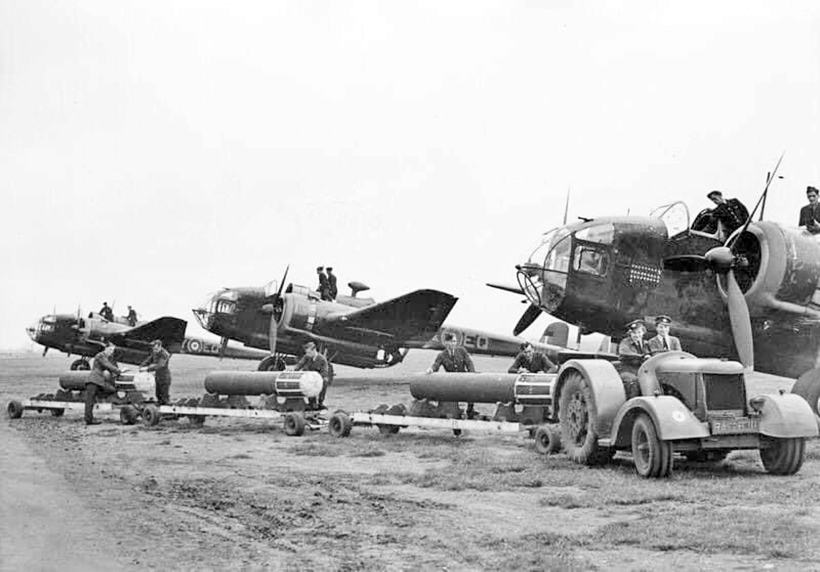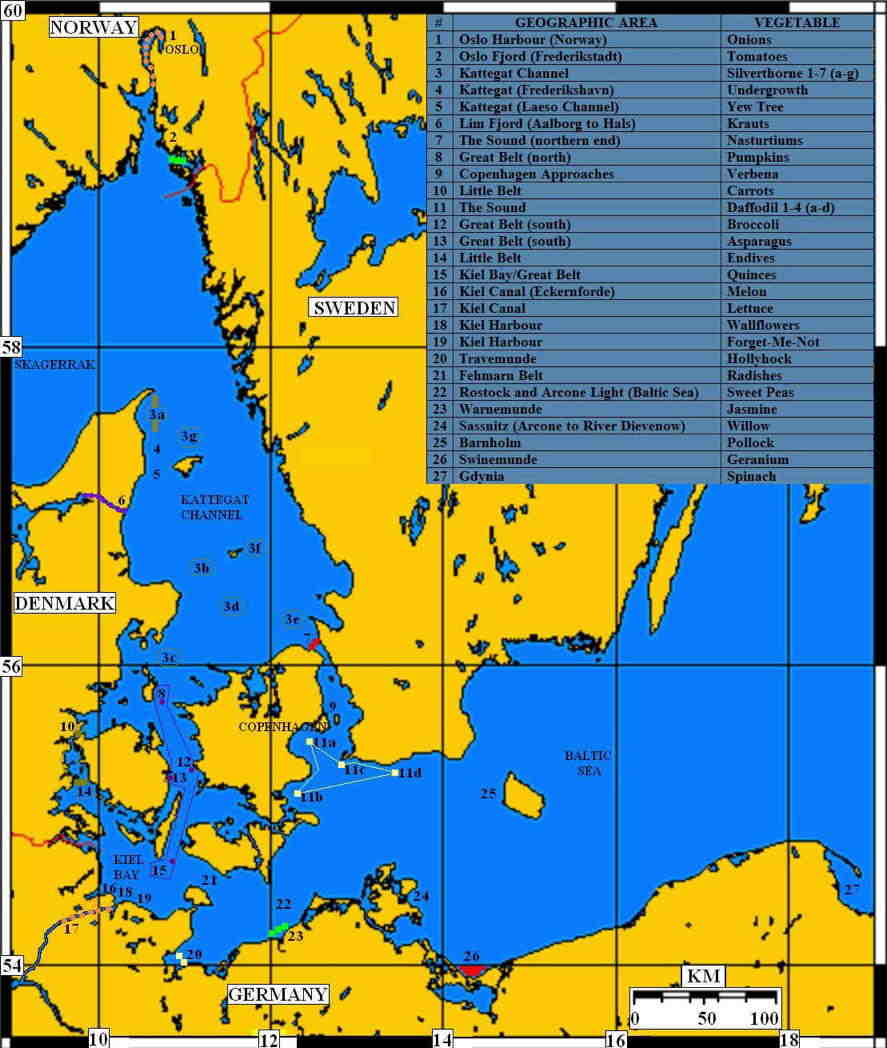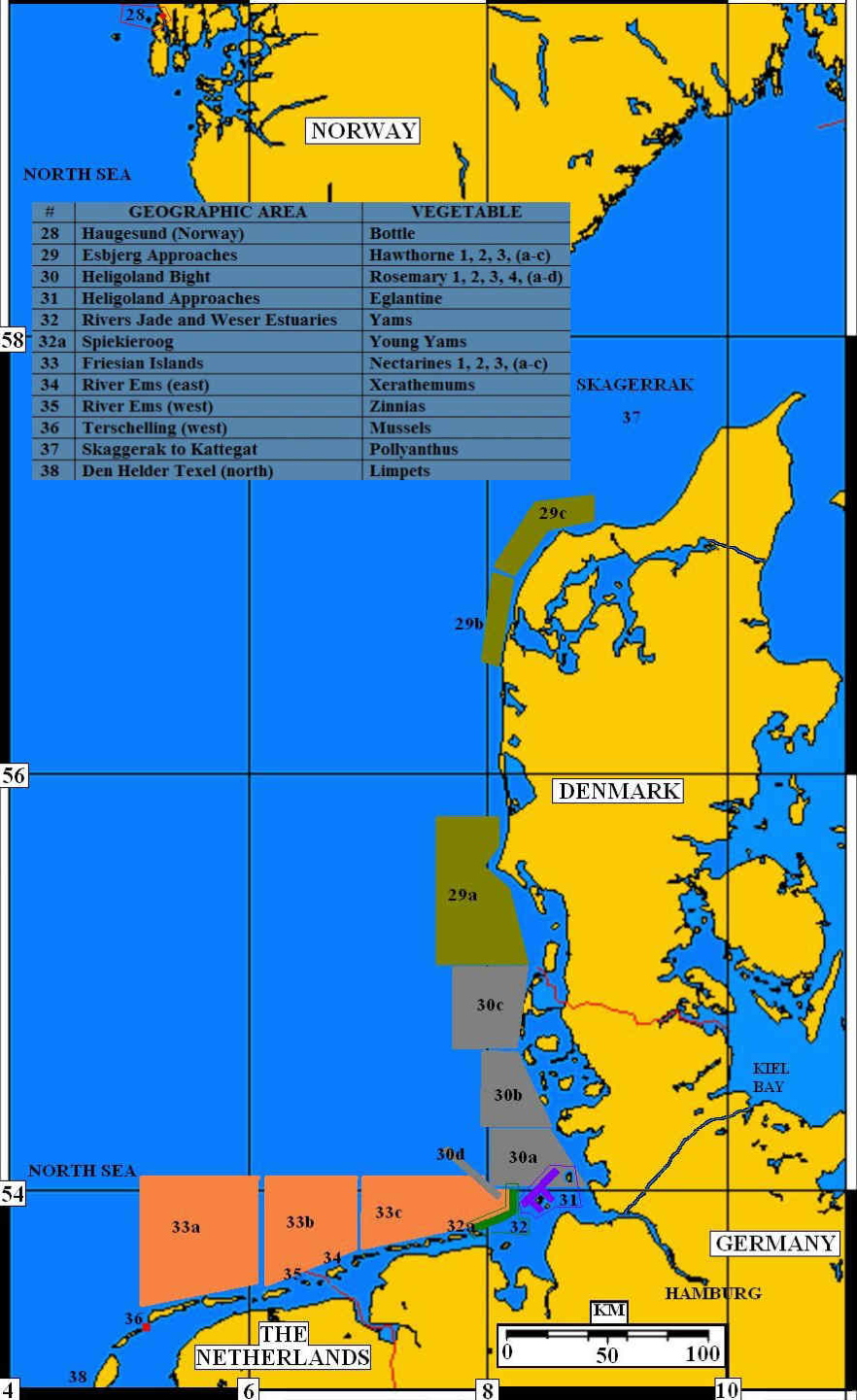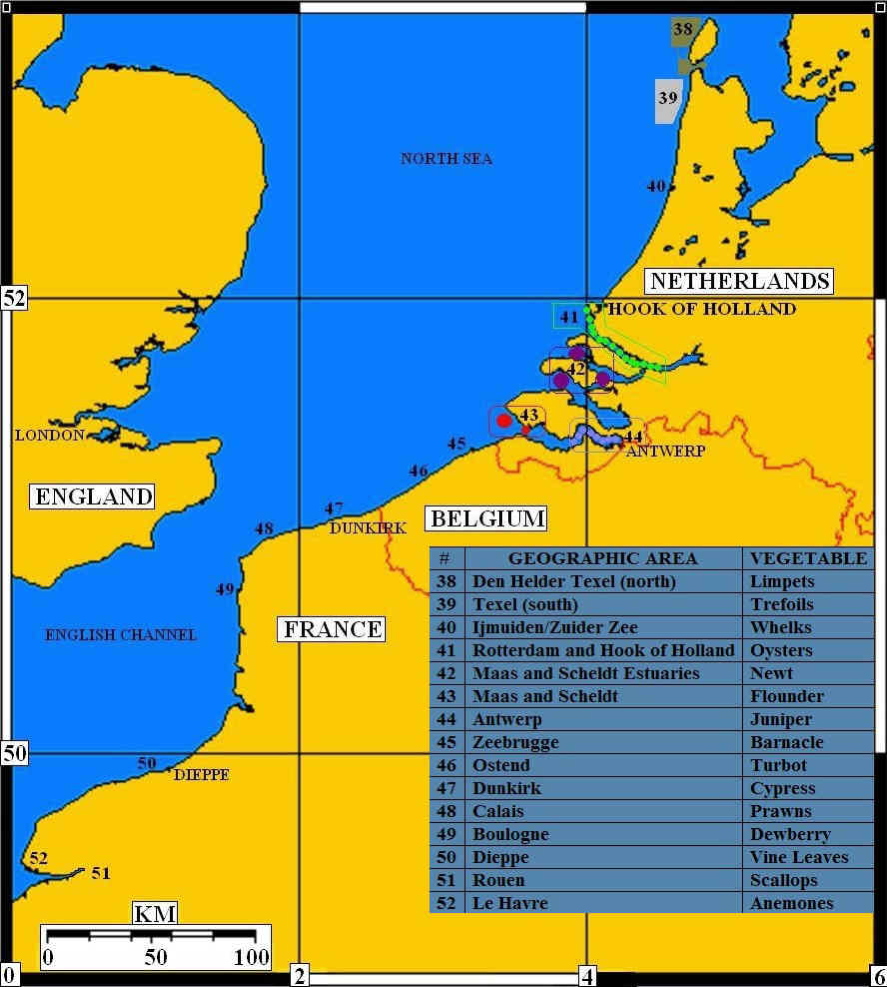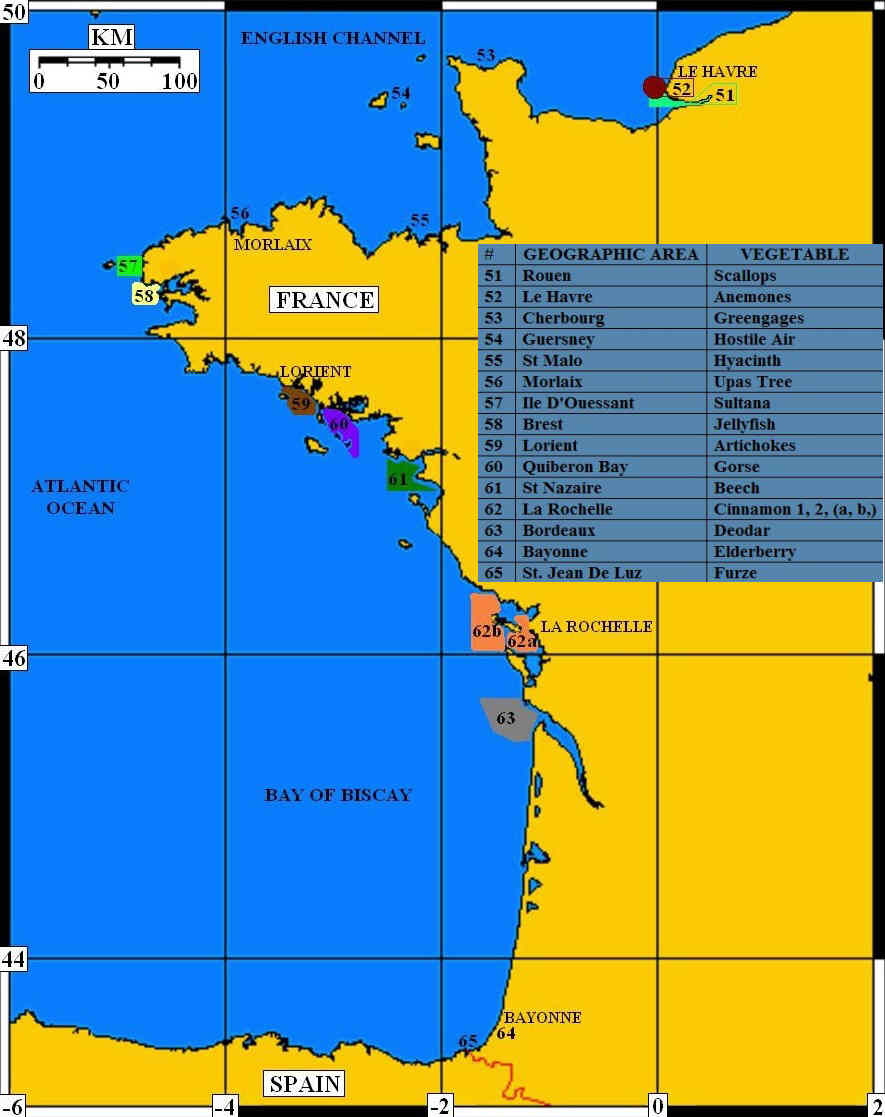 Bomber Command
Bomber Command  |
Aircrew Chronicles
|
Aircrew Losses
|
Nose Art
|
BCATP
|
Lancaster
|
Media
|
Aircrew Chronicles
|
Aircrew Losses
|
Nose Art
|
BCATP
|
Lancaster
|
Media
 Bomber Command
Bomber Command  |
Aircrew Chronicles
|
Aircrew Losses
|
Nose Art
|
BCATP
|
Lancaster
|
Media
|
Aircrew Chronicles
|
Aircrew Losses
|
Nose Art
|
BCATP
|
Lancaster
|
Media
Bomber Command
|
The placing of air-dropped sea mines in enemy-used waters was a lesser-known aspect of Bomber Command's role. Over 18,000 'gardening' flights were completed, and some 47,000 mines were 'sown' near ports and in enemy-used shipping lanes, denying the Nazis the use of much of the Baltic Sea. This regular mining forced the enemy to deploy upwards of 20,000 military personnel and associated ships and equipment to deal with the mines. The coastlines were split into various targets and were given distinct code names, most (but not all) being the names of trees and plants. The mines weighed 1500 or 2000 pounds and were robustly designed so that they could be deployed from an aircraft flying at 200 mph from heights of between 100 and 15,000 feet. Although not as dangerous as a raid to a heavily defended enemy city, hundreds of Bomber Command aircraft failed to return from mine-laying operations.  Sea Mine |
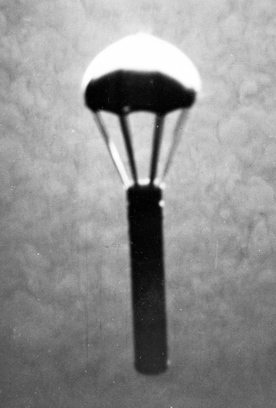 |
